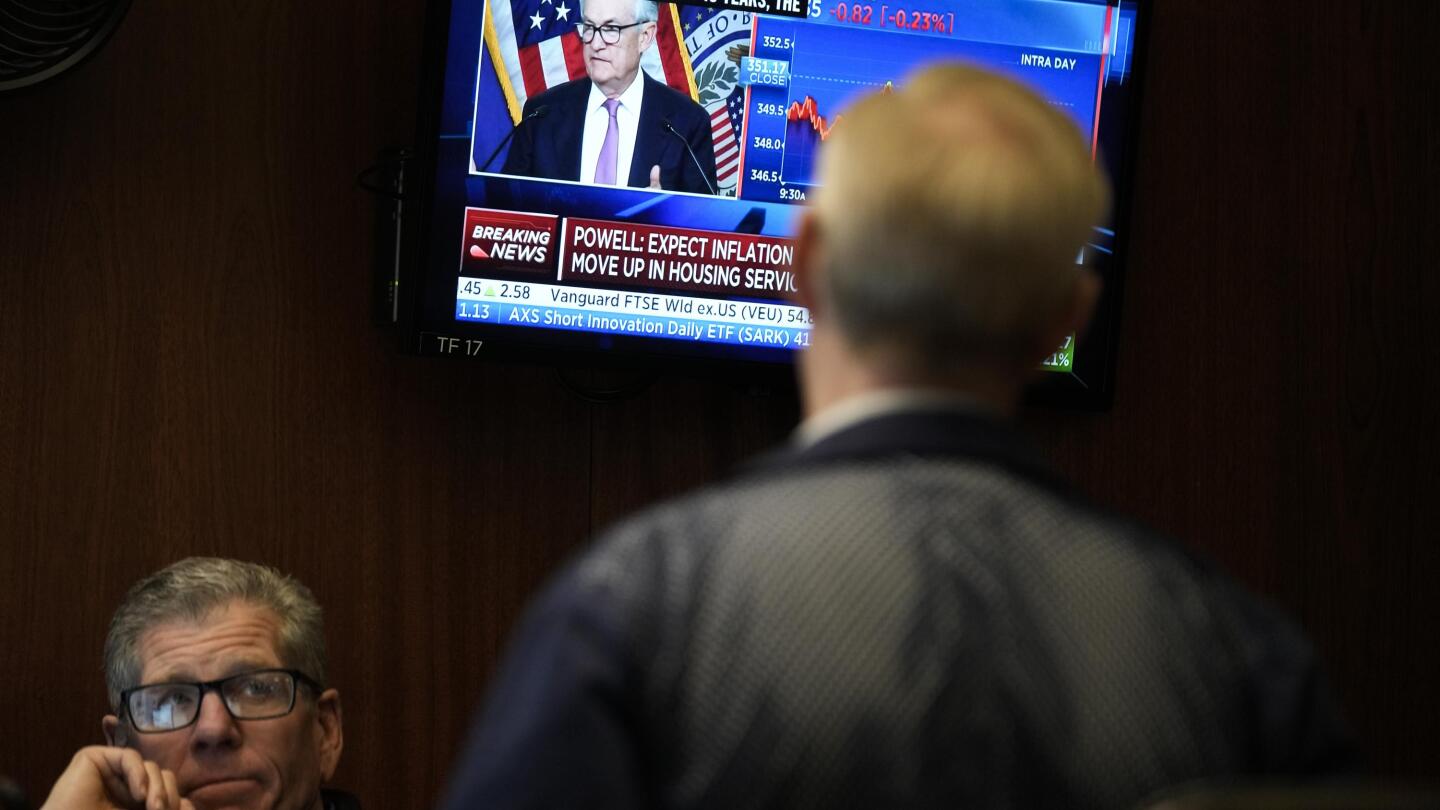The Fed’s high rates spur fear of slowdown, yet recession signals have so far proved wrong
Associated PressWASHINGTON — The turmoil shaking global financial markets reflects a sudden fear that the Federal Reserve may have held its key interest rate too high for too long, heightening the risk of a U.S. recession. “Absent a shock, it’s a bit more challenging to get into a recession.” Other previously notable recession indicators that have flopped in the post-pandemic era include: — A bond market measure with a dry-as-dust label: The “inverted yield curve.’’ — The rule of thumb that two consecutive quarters of shrinking economic output amount to a “technical recession.’’ Last week, Powell said that while he was aware of the Sahm Rule and its implications, other recession signals, such as changes in bond yields, haven’t been borne out in recent years. “Many received pieces of received wisdom just haven’t worked, and it’s because the situation really is unusual or unique.” Powell spoke after the central bank kept its key rate unchanged but signaled that it could reduce the rate as soon as the next policy meeting in September. As a result, they have been able to spend and invest without borrowing as much, muting the impact of the Fed’s rate hikes and dulling the signal from the inverted yield curve.
History of this topic

Are we saying goodbye to the flawless record of this recession predictor?
NPR
Mint Primer: The chances of a US recession and its impact on India
Live Mint
Longer-dated yields climb as investors consider recession outlook
Live MintFears US economy headed towards recession spark jitters across global markets
ABC
Wall Street’s favorite recession indicator is in a slump of its own
Live MintEconomists predict US inflation will keep cooling and the economy can avoid a recession
Associated Press
U.S. employers added a surprisingly strong 336,000 jobs in September in a sign of economic resilience
Politico
Fed’s rate hikes likely to cause a recession, research says
Associated Press
Column: A panicky Federal Reserve is driving us into an unnecessary recession
LA Times
US recession a growing fear as Fed plans to keep rates high
Associated Press
Fed’s aggressive rate hikes raise likelihood of a recession
Associated Press
Treasury bond yield inversion raises worries over recession
Associated Press'Decent chance' of economic downturn in Australia, as experts predict US recession by 2024
ABC
Economists seek recession clues in the yield curve
Live Mint
EXPLAINED: Why Bond Yields In US May Be Warning Of A Recession
News 18Discover Related








































